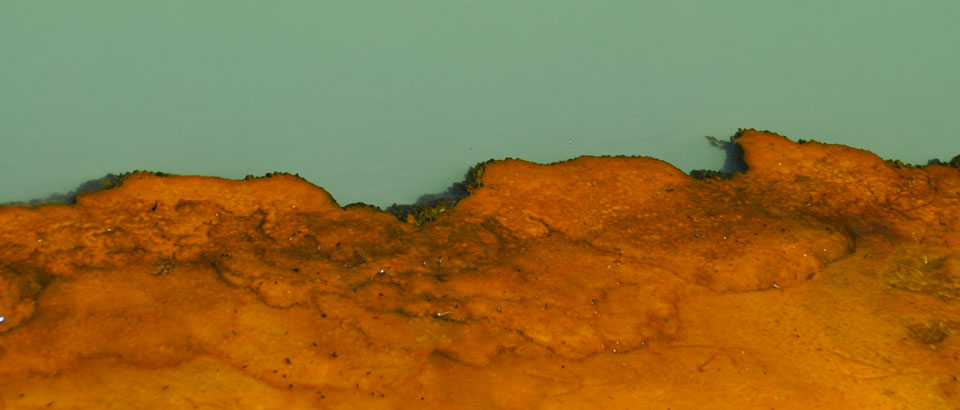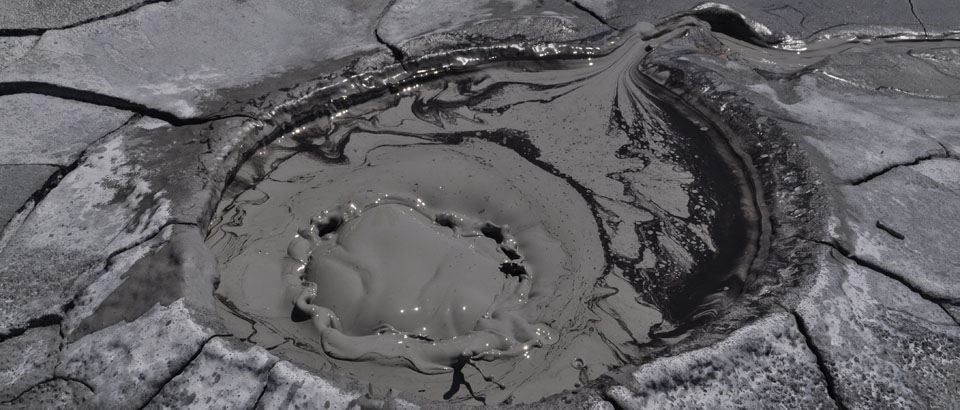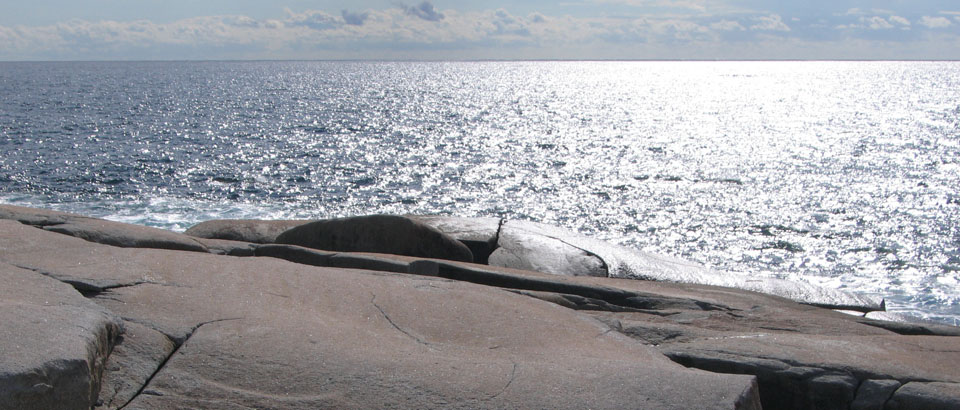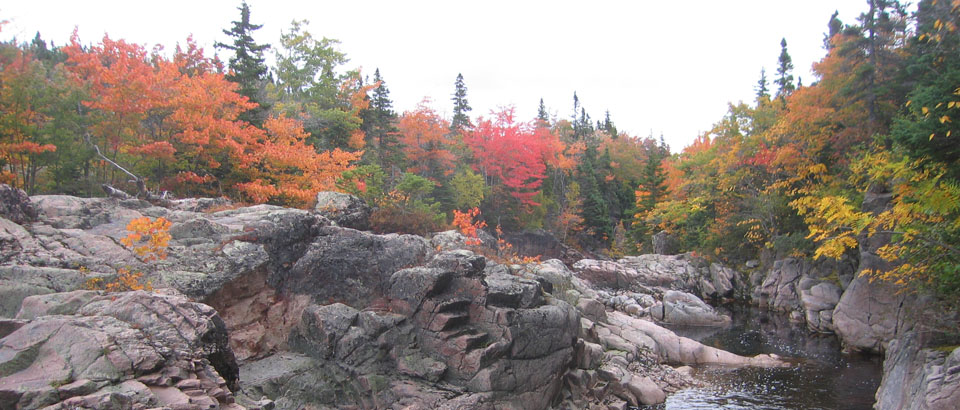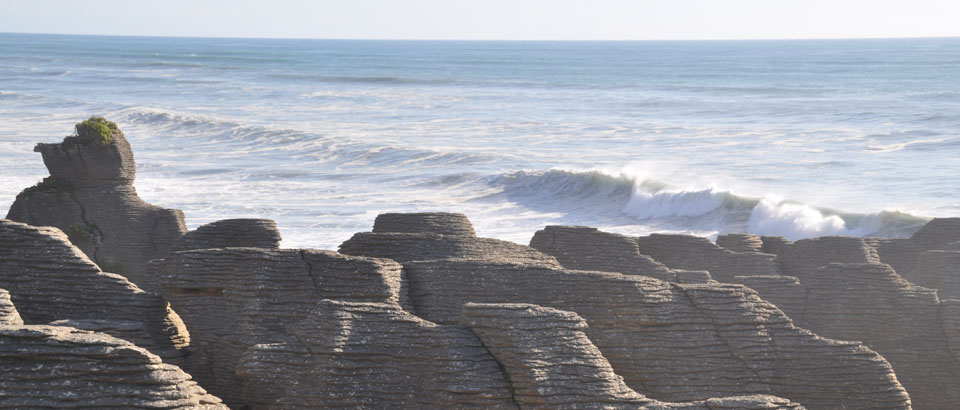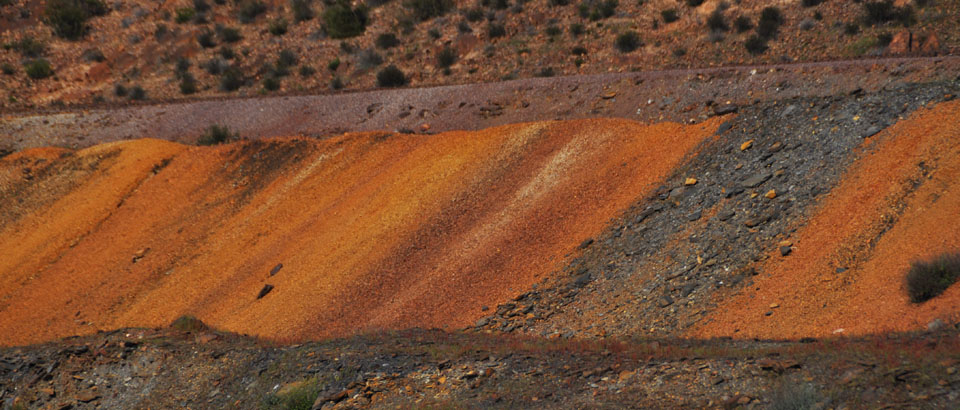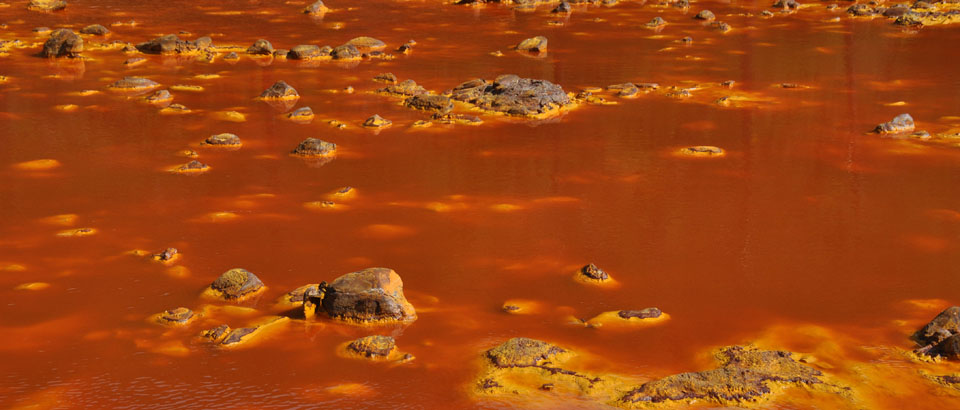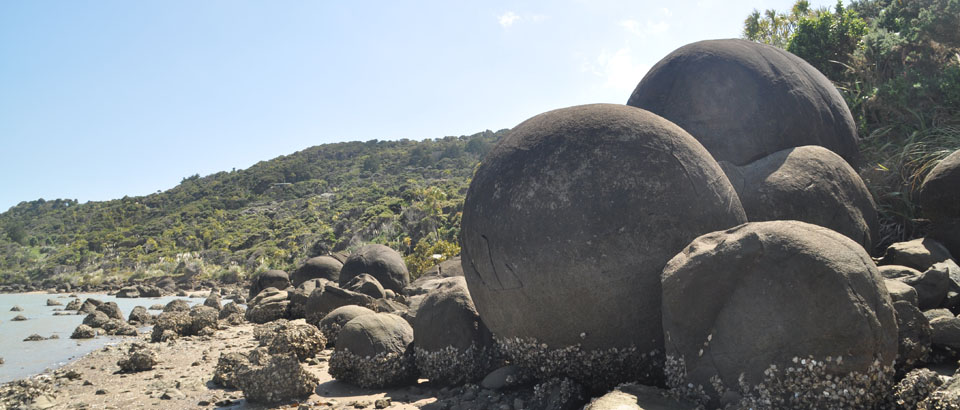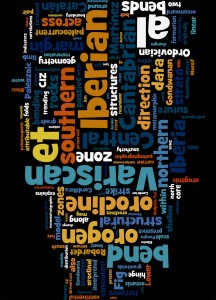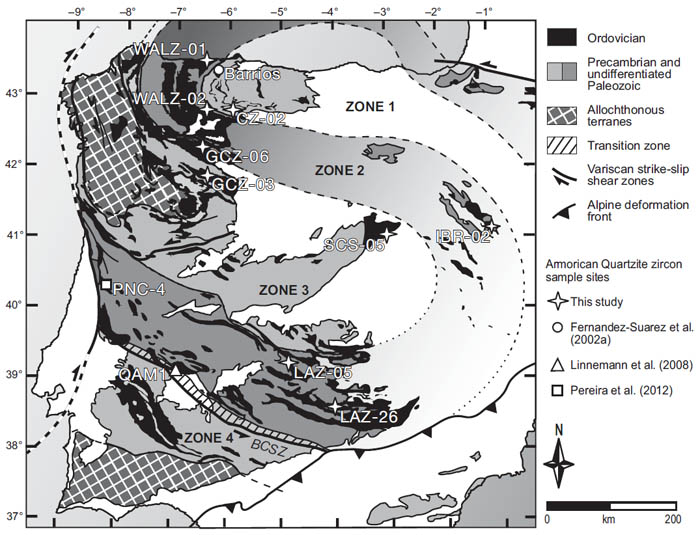Provenance variability along the Early Ordovician north Gondwana margin: Paleogeographic and tectonic implications of U-Pb detrital zircon ages from the Armorican Quartzite of the Iberian Variscan belt. Jess Shaw, Gabriel Gutiérrez-Alonso, Stephen Johnston and Daniel Pastor Galán, in press, GSA Bulletin. DOWNLOAD-DESCARGAR
ABSTRACT-RESUMEN
Detrital zircon laser ablation–inductively coupled plasma–mass spectrometry U-Pb age data from the Lower Ordovician Armorican Quartzite (deformed passive margin strata of Gondwanan affi nity) of the Iberian Massif are presented herein. The S-shaped coupled Iberian oroclines defi ned within these zones palinspastically restore to a 2300 km linear Variscan orogen with a paleomagnetically constrained Late Carboniferous north-south trend. Detrital zircons are used to assess paleo geog raphy and interpreted geometry of the Iberian portion of the Gondwana passive margin. A common signature is identifi ed by (1) Neoproterozoic (ca. 500–850 Ma), (2) Stenian–Tonian (ca. 0.9–1.1 Ga), and lesser (3) Paleoproterozoic and (4) Archean populations (ca. 1.8–2.15 and 2.5–2.7 Ga, respectively). Minor site-to-site variation in rela tive proportion of widely ranging age groups suggests near-uniform distribution of a highly varied detrital input. Provenance analysis reveals strong correlations with Cambro-Ordo vician clastic rocks from northeast African realms. Similarity withunderlying sequences suggests a common paleogeography from the Ediacaran through early Paleozoic and persistence of a provenance distinction within the autochthonous Iberian Massif. Consistent northward paleofl ow within widespread northeast African lower Paleozoic sedi mentary cover suggests long-distance sedimen tary transport across a North African peneplain from outlying basement terranes. We propose that the 2300-kmlong Cantabrian–Central Iberian portion of the early Paleozoic Gondwana margin stretched east-west along the northern limits of the then low-lying Saharan Metacraton and Arabian-Nubian Shield. Accepting paleomagnetic constraints, a 90° counterclockwise rotation is required to reorient the Iberian portion to a pre-oroclinal (Late Carboniferous) north-south trend. The mechanisms for accommodating such a rotation are unclear.


